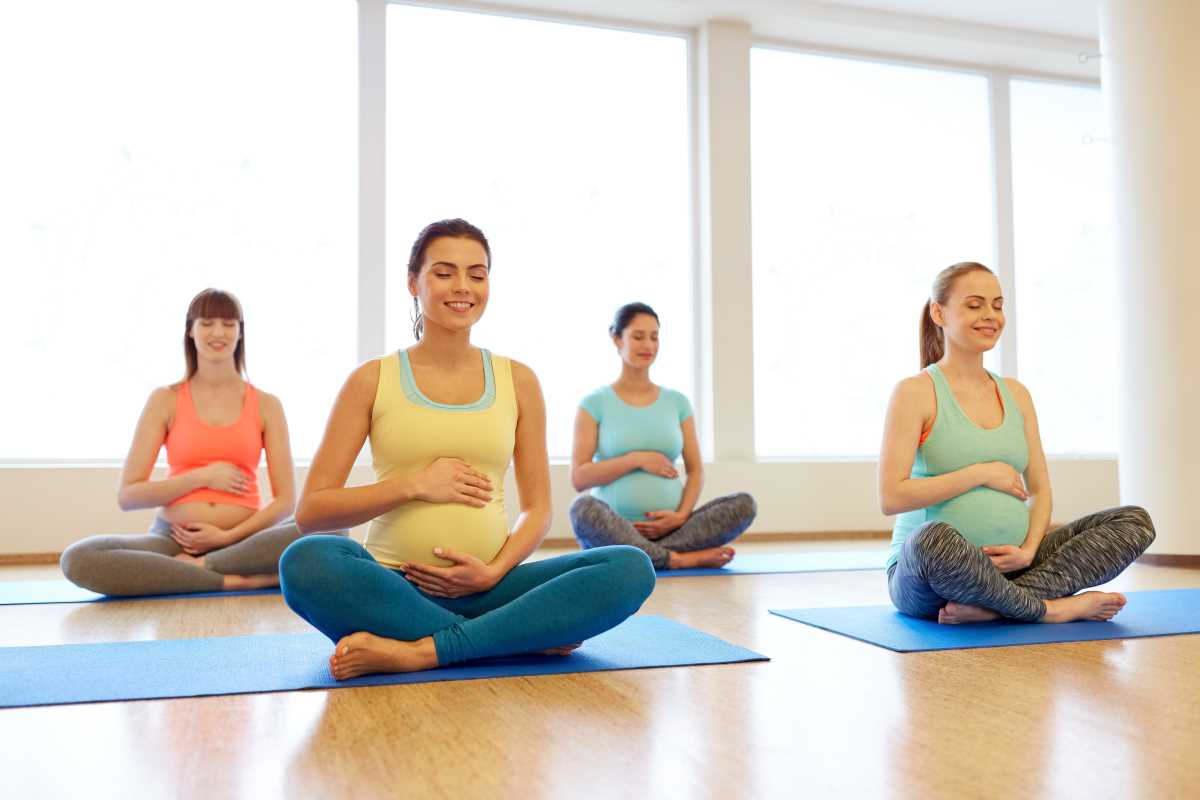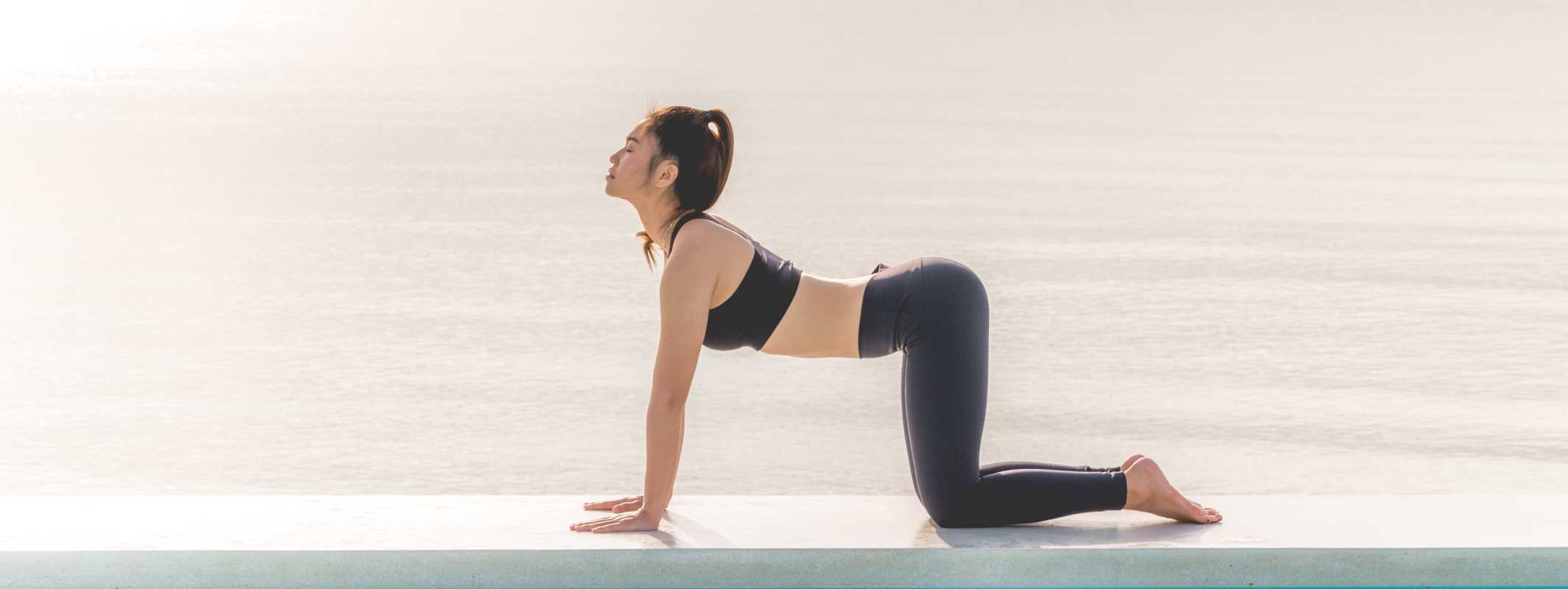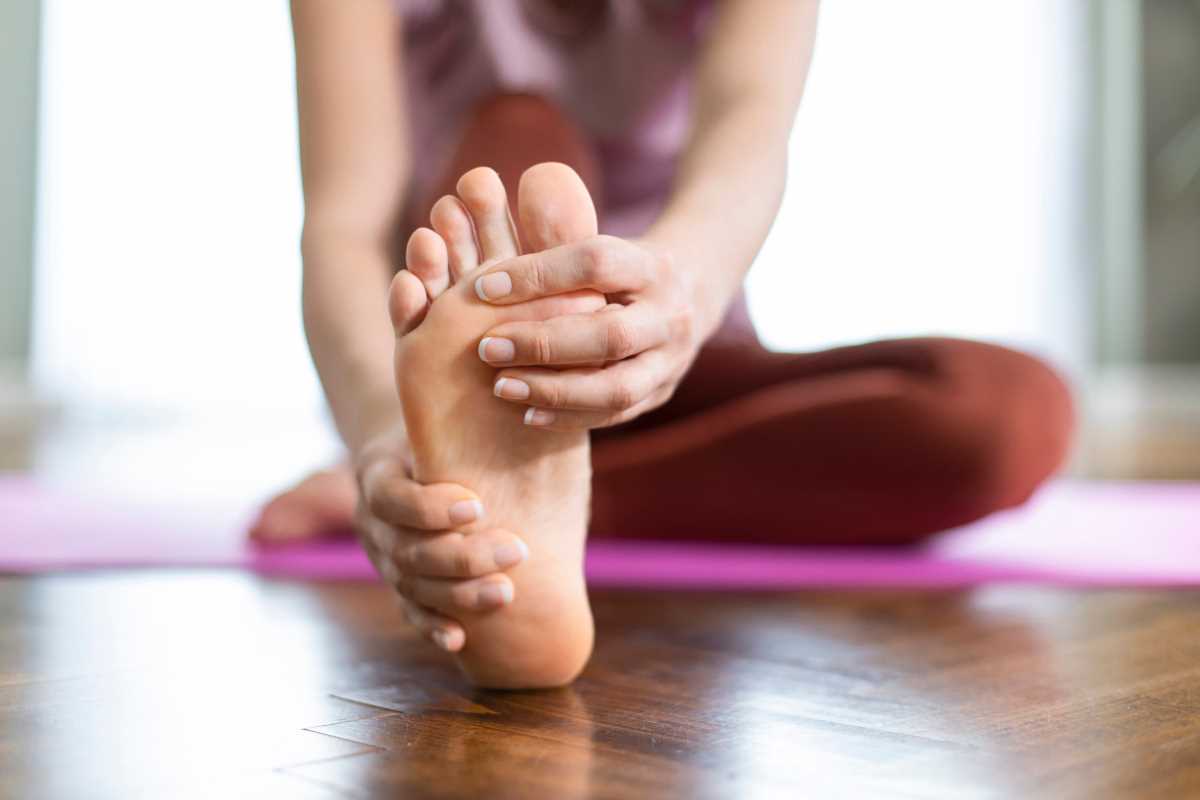Staying active during pregnancy is one of the best things you can do for your health and your baby’s health. Regular exercise improves mood, boosts energy, and prepares your body for childbirth. Many moms-to-be worry about overexertion, and that’s perfectly natural. The good news is that maintaining fitness doesn’t mean pushing yourself to exhaustion. By focusing on safe, low-impact movements and listening to your body, you can stay fit and strong throughout your pregnancy. Let's cover some specific ways to stay active without overdoing it and explain how these choices benefit you and your growing baby.
1. Start with Walking
Walking is one of the best and easiest ways to stay active during pregnancy. It’s low impact, improves circulation, and requires no special equipment.
- Take short walks around your neighborhood or at a local park. Start with 10–15 minutes and gradually build up to 30 minutes a day.
- Wear supportive, comfortable shoes to reduce strain on your feet and back.
- Walk at a pace where you can still carry a conversation.
Regular walking helps prevent swelling and reduces the risk of pregnancy-related high blood pressure. It’s also a great way to clear your mind and relax.
2. Try Pregnancy Yoga
Yoga tailored for pregnancy is excellent for building strength and flexibility without overexertion. It also encourages relaxation, which helps manage stress and anxiety.
- Focus on prenatal yoga classes taught by experienced instructors who understand pregnancy limitations.
- Avoid poses that involve lying flat on your back or deep twisting movements, especially in later trimesters.
- Gentle stretches like child’s pose or cat-cow help relieve tension in your back and hips.
Yoga promotes relaxation and keeps your muscles loose and your joints mobile, making it easier to adapt to your body’s changes.
3. Swim or Do Water Aerobics
Swimming is another safe and low-impact option for expectant mothers. The buoyancy of water supports your growing belly and reduces joint strain.
- Swim gentle laps or join a prenatal water aerobics class for guided activities.
- Keep movements slow and controlled, avoiding high-intensity sprints or jumps.
- Stay hydrated and swim at a comfortable water temperature to avoid overheating.
Swimming improves muscle tone, boosts circulation, and alleviates pressure on your lower back and hips. It’s a full-body workout that feels effortless, thanks to the water's support.
4. Practice Pelvic Floor Exercises
Kegel exercises strengthen the pelvic floor muscles, which support your uterus, bladder, and bowels. These exercises are simple but highly effective for preparing for childbirth and recovery.
- Contract your pelvic muscles as though you’re stopping urine mid-stream. Hold for 5 seconds, then release. Repeat 10–15 times.
- Add variations like quick squeezes or longer holds for more conditioning.
- Perform these exercises while seated, standing, or lying down for flexibility.
Strong pelvic floor muscles improve bladder control and reduce the risk of perineal tearing during delivery.
5. Modify Strength Training Routines
Strength training helps keep your muscles strong, which is essential for carrying extra weight during pregnancy and maintaining good posture. Light weights or resistance bands work well for pregnancy-safe strength exercises.
- Substitute bodyweight exercises like wall push-ups for heavy lifting.
- Focus on your arms, legs, and back with simple moves like bicep curls, lunges, or seated rows.
- Limit sessions to 20–30 minutes, resting as needed.
Strengthening your body boosts endurance for labor without overstraining muscles or raising your heart rate too high.
6. Choose Low-Impact Cardio
Cardio keeps your heart and lungs strong during pregnancy, but avoiding high-impact activities like running or jumping protects your joints and pelvic floor.
- Cycle on a stationary bike at a low resistance level to avoid falls.
- Use the elliptical machine for a smooth, joint-friendly cardio session.
- Dance to light music at home for a fun and low-intensity workout.
Maintaining gentle cardio sessions helps improve stamina without using up all your energy.
7. Stretch Daily
Stretching helps release tension in your muscles and improves flexibility. This is particularly helpful as your belly grows and your center of gravity changes.
- Gently stretch your calves, hamstrings, and lower back daily.
- Use a yoga strap or towel for added support during seated hamstring stretches.
- Hold each stretch for 15–20 seconds without bouncing.
Daily stretching promotes flexibility, reduces stiffness, and prepares your body for labor.
8. Work Out in Short Intervals
Dividing workouts into smaller chunks throughout the day helps you avoid overexertion. Short sessions are easier to manage as your energy levels fluctuate.
- Do three 10-minute exercises rather than a single 30-minute session if you’re feeling tired.
- Focus on specific areas during each session, such as a morning walk, afternoon yoga, and evening stretches.
- Use breaks between sessions to hydrate and rest.
Short intervals give you the benefits of movement while allowing you to recover between activities.
9. Prenatal Pilates
Pilates focuses on core strength, stability, and posture, which are all important during pregnancy. Prenatal Pilates classes are specifically designed to accommodate your growing belly and avoid unsafe movements.
- Strengthen your core with gentle exercises like pelvic tilts or seated leg lifts.
- Improve posture and reduce back pain with moves that target your lower back and hips.
- Use props like stability balls or resistance bands for added support.
Pilates helps you maintain balance and stability, which becomes increasingly important as your body changes.
10. Gardening or Light Outdoor Activities
Spending time outdoors and engaging in light physical activity, like gardening, keeps you moving without feeling like a workout.
- Plant flowers, pull weeds, or water your garden for a low-intensity activity.
- Take breaks often and avoid heavy lifting or prolonged bending.
- Enjoy the fresh air and sunshine, which can boost your mood and energy.
Gardening combines gentle movement with relaxation, making it a great way to stay active and de-stress during pregnancy.
Tips for Managing Intensity Levels
- Keep it moderate: Work out at a pace where you can talk but not sing.
- Stay cool: Avoid exercising in hot or humid environments to prevent overheating.
- Listen to your body: Stop immediately if you feel dizzy, overheated, or lightheaded.
- Hydrate constantly: Drink water before, during, and after your workout to stay hydrated.
- Wear supportive gear: A well-fitted sports bra and maternity belt can help reduce discomfort during exercise.
 (Image via
(Image via





